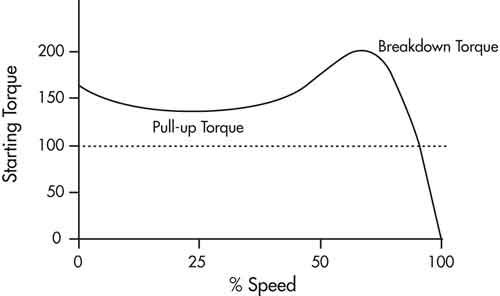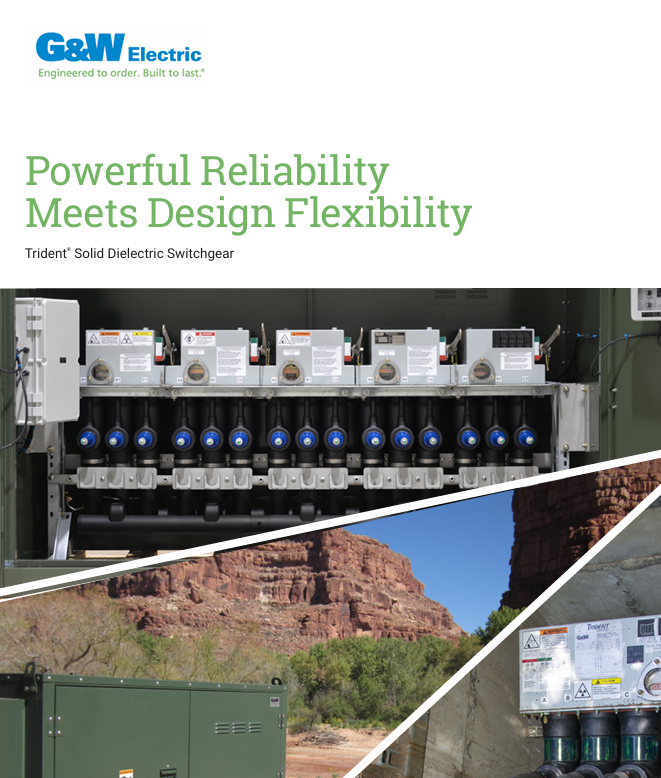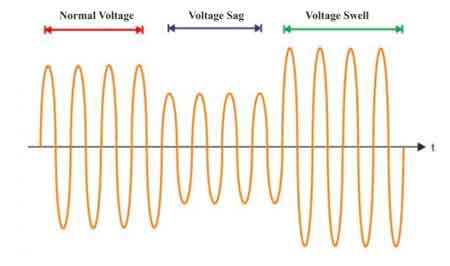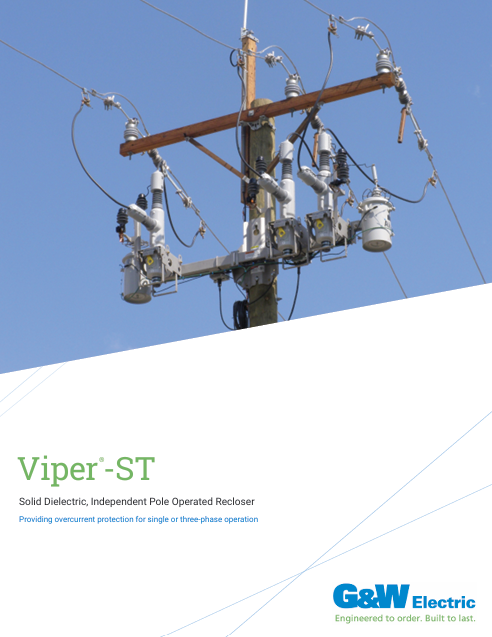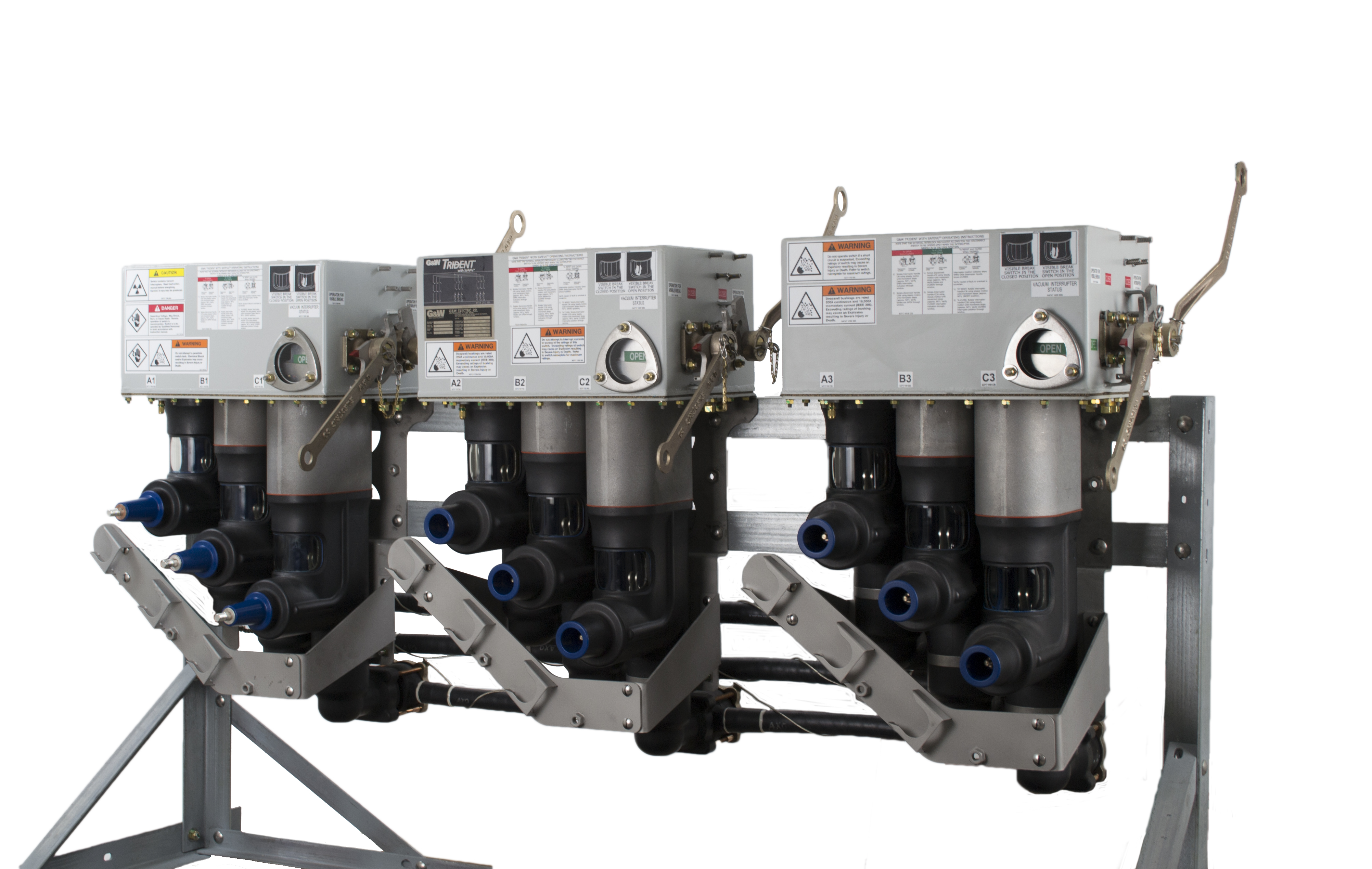Why is Power Conserved in Transformers? Understanding Conservation
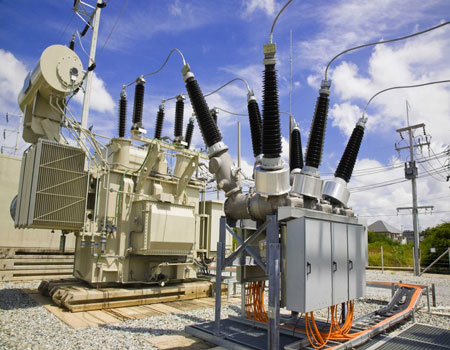
Substation Maintenance Training
Our customized live online or in‑person group training can be delivered to your staff at your location.
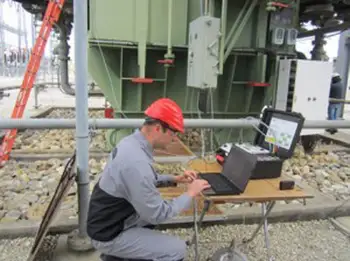
- Live Online
- 12 hours Instructor-led
- Group Training Available
Download Our OSHA 3873 Fact Sheet – Minimum Approach Distance and Training Requirements
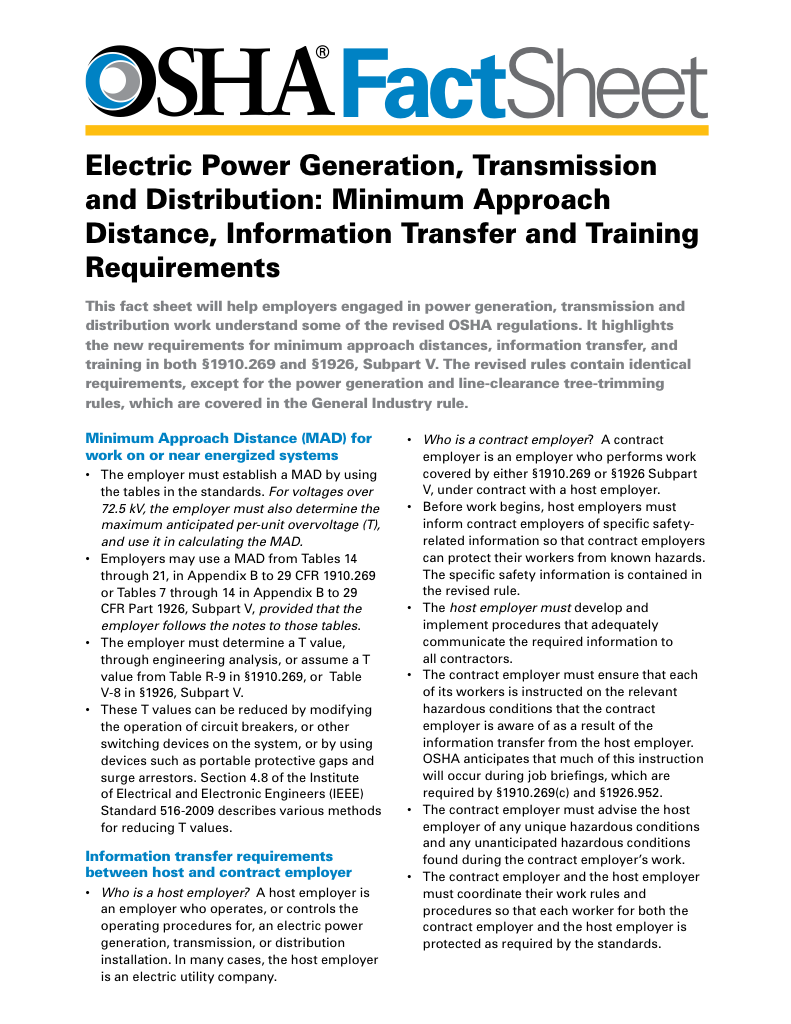
- Calculate MAD using voltage and overvoltage values
- Ensure proper communication between host and contract employers
- Meet OSHA training requirements for qualified electrical workers
Why is power conserved in transformers? Because electromagnetic induction transfers energy with inverse voltage-current ratios, so, in an ideal transformer, P=VI remains constant; real units show high efficiency with copper and core losses.
Why Is Power Conserved in Transformers?
Transformers conserve power: induction trades voltage and current; input equals output plus minor core and copper losses.
✅ Ideal case: P=VI constant; voltage rises as current falls.
✅ Turns ratio sets V and I inversely; impedance reflects across windings.
✅ Real transformers lose power via copper and core losses; high efficiency.
Why is power conserved in transformers? This fundamental principle, underpinned by the law of conservation of energy, is paramount for industrial electricians. Understanding power conservation in equipment is essential for ensuring proper voltage regulation, minimizing energy losses, and optimizing performance in industrial settings. Industrial electricians will learn how the equipment works, the principles behind conservation, and why maintaining an optimal power balance is crucial for safe and efficient operations. This knowledge will help electricians troubleshoot transformer issues, improve energy efficiency, and enhance the longevity of electrical equipment in industrial environments. For a step-by-step refresher on the underlying mechanisms, this guide to how transformers work offers clear context for practical troubleshooting.
Why is Power Conserved in Transformers?
Transformers are essential components in the transmission of electrical energy across long distances, operating under the core principle of the conservation of energy. This principle ensures that the energy entering the transformer is almost entirely transferred to the secondary circuit, with only minimal losses. Understanding why power is conserved in equipment requires a deep dive into how these devices work, specifically through the concepts of electromagnetic induction, voltage and current relationships, and efficiency. The law of conservation of energy plays a key role in how equipment maintains the balance of energy between its primary and secondary coils. In utility and industrial settings, a power transformer is engineered to embody these relationships with high reliability under varying load conditions.
FREE EF Electrical Training Catalog
Download our FREE Electrical Training Catalog and explore a full range of expert-led electrical training courses.

- Live online and in-person courses available
- Real-time instruction with Q&A from industry experts
- Flexible scheduling for your convenience
The Conservation of Energy in Transformers
The conservation of energy is a fundamental concept in physics and equipment, it means that the electrical energy entering the primary coil is transformed and delivered to the secondary coil, minus any losses. This is because equipment operates on the principle that energy cannot be created or destroyed. Instead, it is merely converted from one form to another. In the case of a transformer, alternating current flowing through the primary coil generates a magnetic field, which induces an electromotive force (EMF) in the secondary coil. The primary and secondary coils are coupled through this magnetic field, facilitating energy transfer. The electrical energy input is nearly equal to the output, minus minor losses such as heat due to resistance in the wires or magnetic losses in the core. A concise review of transformer components helps connect these energy flows to the roles of cores, windings, and insulation.
Electromagnetic Induction and Energy Transfer
At the heart of transformer operation is the process of electromagnetic induction. According to Faraday's Law of Induction, a change in magnetic flux through a conductor generates an electric current. In equipment, a varying current in the primary coil creates a changing magnetic field that surrounds the coil. This magnetic field then induces a voltage in the secondary coil without the need for a physical connection between the two coils. The ability of equipment to transfer energy efficiently via this magnetic coupling without direct electrical contact is a crucial reason why electricity is conserved. The changing magnetic field allows for the seamless transfer of energy from the primary to the secondary coil, respecting the law of conservation of energy. This same coupling underpins the operation of an electric pole transformer that steps distribution voltages down safely for customers.
EF Partner Media
The Voltage and Current Relationship
Equipment also maintain energy conservation through the relationship between voltage and current, which is determined by the number of turns in the primary and secondary coils. The turns ratio dictates how the voltage is stepped up or stepped down. When a transformer increases the voltage in the secondary coil, the current is proportionally reduced, and vice versa. This relationship ensures that, despite changes in voltage, the total electricity (the product of voltage and current) remains approximately the same on both sides of the transformer. In essence, if the voltage is increased, the current decreases, which ensures that energy is conserved while still achieving the desired voltage output on the secondary side. Understanding the tradeoff also informs real-world assessments like how much electricity a high-voltage transformer uses during varying load profiles.
Efficiency and Losses
While equipment is highly efficient, some energy is inevitably lost during the transformation process. These losses occur due to resistance in the wires of the primary and secondary coils, as well as magnetic losses in the core. The core material used in the transformer can influence efficiency, as energy can be dissipated in the form of heat when the magnetic field interacts with the core material. However, these losses are relatively small, and modern equipment are designed to minimize them. By carefully selecting materials and optimizing the design, manufacturers ensure that the losses are kept to a minimum, allowing the transformer to operate as efficiently as possible and conserve energy. Technicians often evaluate core magnetizing and stray losses by asking whether transformers use power with no load to benchmark standby performance.
Sign Up for Electricity Forum’s Utility Transformers Newsletter
Stay informed with our FREE Utility Transformers Newsletter — get the latest news, breakthrough technologies, and expert insights, delivered straight to your inbox.
Ideal vs. Real Transformers
An ideal transformer is one in which there are no energy losses, and all the energy from the primary coil is transferred to the secondary coil. This theoretical model helps us understand how energy should be conserved in an ideal scenario. In practice, however, real equipment exhibits small losses, but these are generally negligible in comparison to the total energy transferred. The ideal transformer model serves as a benchmark for evaluating the performance of real equipment, and the design of modern equipment strives to approach this ideal as closely as possible. The law of conservation of energy still holds in real equipment, with the small losses simply representing practical limitations rather than a violation of the fundamental principle.
Frequently Asked Questions
Why is power constant in transformers?
Power remains constant in equipment, with only minimal losses, because of the principle of conservation of energy. Equipment operates by transferring electrical energy from the primary coil to the secondary coil through electromagnetic induction. The input electricity, which is the product of the voltage and current in the primary coil, is nearly equal to the output electricity in the secondary coil. The only difference is the small losses due to resistance in the coils and magnetic losses in the core, but these losses are typically minimal. Therefore, in an ideal transformer, electricity stays constant, as the total energy entering and exiting the transformer remains the same, minus losses.
What is the conservation of energy in a transformer?
The conservation of energy in a transformer refers to the principle that energy cannot be created or destroyed, only converted from one form to another. In a transformer, the energy entering the primary coil (via alternating current) is transferred through a changing magnetic field to the secondary coil. While the energy is converted into a different form (from electrical energy in the primary coil to electrical energy in the secondary coil), the total amount of energy remains nearly the same, except for the small losses that occur due to resistance and core inefficiencies. This ensures that, despite the changes in voltage and current, the energy is conserved throughout the process. For readers new to terminology, this explainer clarifies whether a power supply and a transformer are the same thing and how their roles differ.
Does power stay the same?
Yes, the power in a transformer stays nearly the same, with only slight variations due to inefficiencies. In an ideal transformer, where no losses occur, the electricity on the primary side is equal to the electricity on the secondary side. This relationship is maintained through the equation P=V×IP = V \times IP=V×I (Power = Voltage × Current), where the voltage and current change proportionally based on the turns ratio of the primary and secondary coils. As the voltage is stepped up in the secondary coil, the current decreases in the same proportion, ensuring that the overall power remains constant. In real equipment, small losses due to factors like resistance and core losses cause slight deviations, but the power is still largely conserved.
What is the need for energy conservation?
Energy conservation in equipment is crucial because it ensures that the electrical energy transferred through electricity grids is used as efficiently as possible. Since equipment is used to transmit electrical electricity over long distances, any loss of energy would result in wasted resources and higher operational costs. By conserving energy, equipment helps reduce energy waste, making electricity distribution more efficient and cost-effective. The principle of energy conservation also supports the design of equipment to minimize losses, which allows for more efficient power transmission, reduces energy costs, and contributes to the overall sustainability of electrical systems.
Why is power conserved in transformers? It's an important question. Power is conserved in equipment due to the principle of energy conservation. A transformer works by transferring electrical energy between two circuits through electromagnetic induction, typically changing voltage levels while maintaining the total electricity. The primary coil receives electrical energy and creates a magnetic field, which induces a current in the secondary coil. The key factor in electricity conservation is that, in an ideal transformer, the power input (voltage × current) on the primary side equals the electricity output on the secondary side, minus any losses like heat. This means that any increase in voltage on the secondary side results in a proportional decrease in current, and vice versa, ensuring that power remains conserved across the system.





